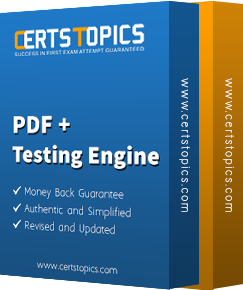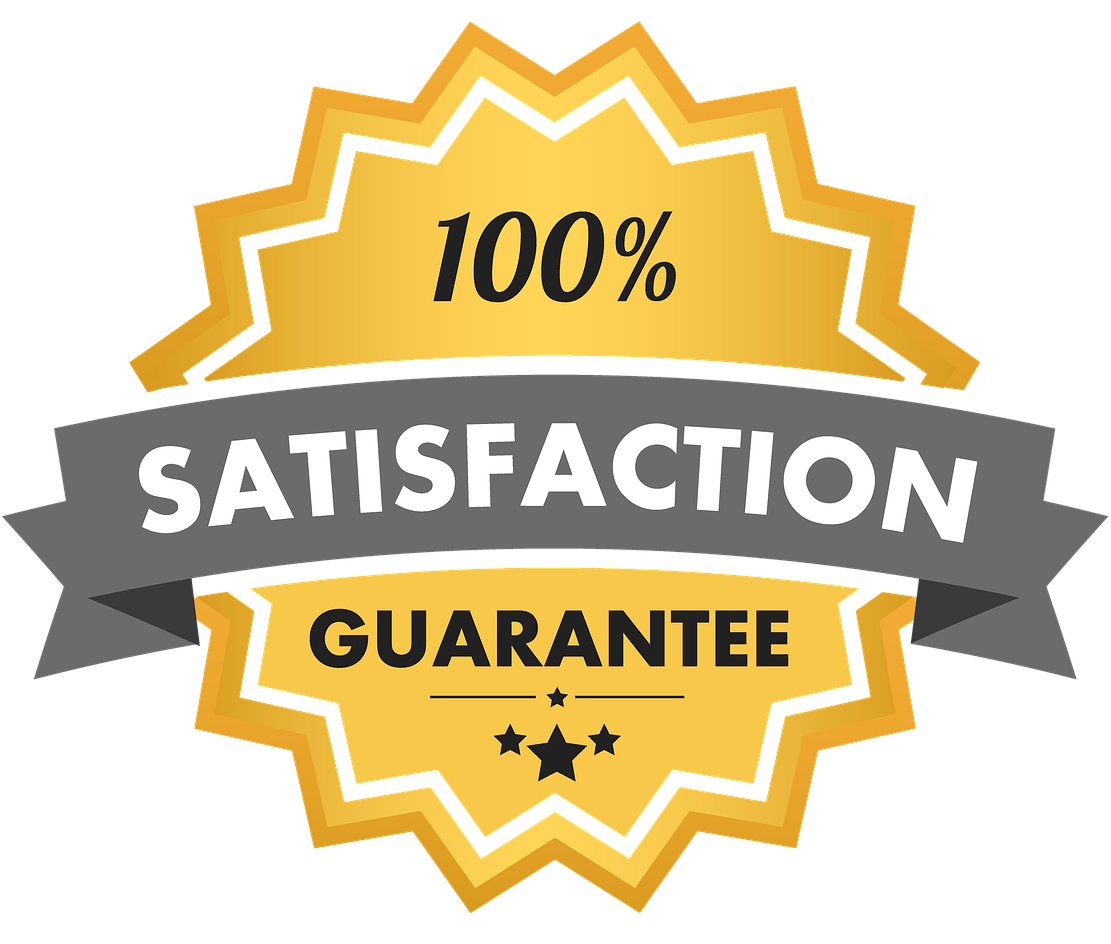Scrum Related Exams
PSPO-II Exam







CertsTopics provides PSPO-II PDFs and testing engine materials that simulate the real Scrum exam environment. With our success guarantee, you can prepare confidently and efficiently.
What is the role of the Product Owner in crafting the Sprint Goal?
(choose the best answer)
What percent of the time should a Product Owner dedicate to the Scrum Team?
(choose the best two answers)
Product A is a big revenue producer; it has:
. High Current Value and Low Unrealized Value.
Product B is a new product with a lot of potential; it has:
. Low Current Value and High Unrealized Value.
Using those two data points and taking a long-term view, which of the options below should you
pursue?
(choose the best answer)